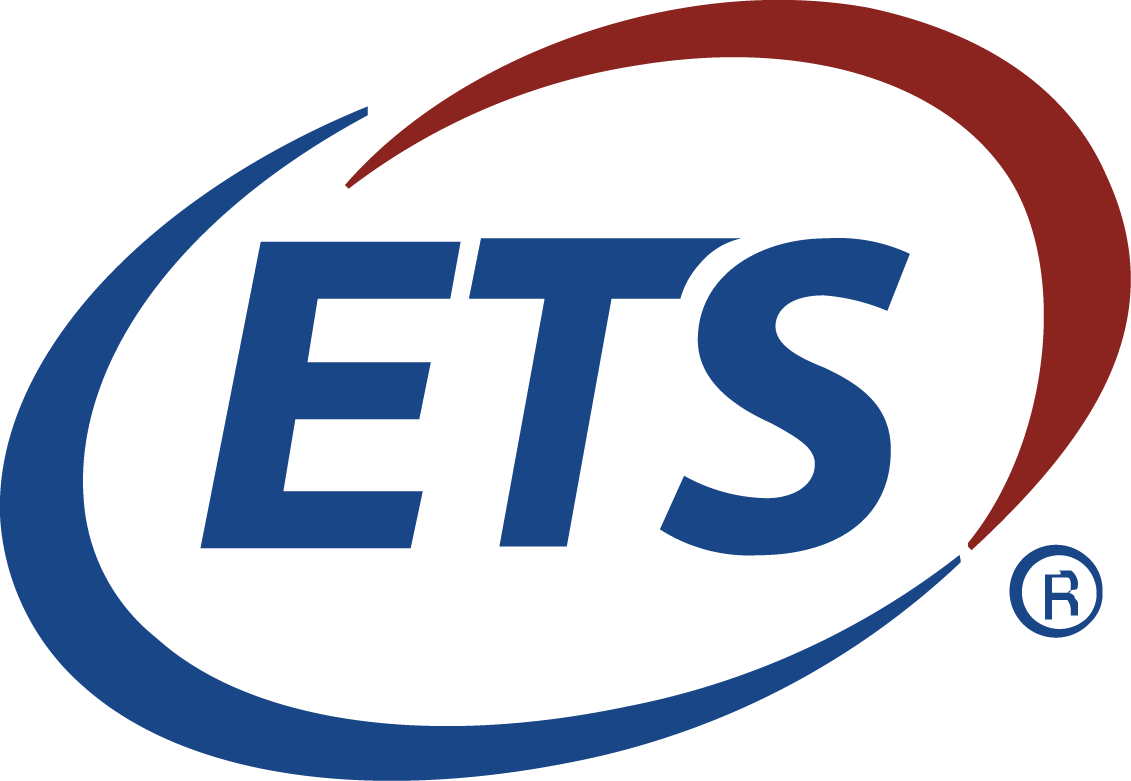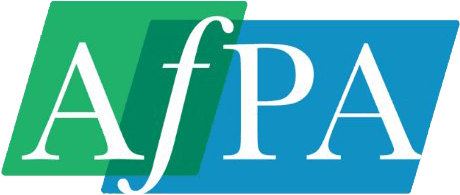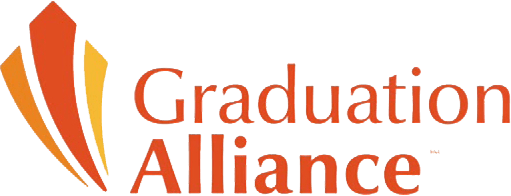
As the third installment of the Elementary and Secondary School Emergency Relief Fund (ESSER) federal COVID-19 emergency funding approaches its inevitable end in September 2024, warnings of districts facing a fiscal cliff have many education organizations thinking defensively, waiting to see how things might develop. Some are hesitant and worried about what they perceive to be a massive downward trend in available resources for their products and services.
Yet, this soon-approaching finish line for ESSER does not mean the world is ending for the education market. But it does mean staying well-informed of the shifting landscape is critically important. In a resource-constrained environment, finding the right districts and states with the needs and resources for services becomes a strategic advantage. After all, the challenges exacerbated by the pandemic aren’t going away, and effective solutions to pressing problems are more necessary than ever. The path to revenue starts with a plan, not panic; rather than calling the end of ESSER a funding cliff, let’s call it more of a slope, and it doesn’t mean the ride is over.
A Strategic Guide
There’s no escaping the reality of the challenges facing an education market on the precipice of change. Understanding the changing market dynamics of funding and policy can allow education organizations to not only survive – but to thrive. Strategic alignment of solutions to those who need them most will yield success.
There is a vast scent of opportunity across the 50 states and nearly 13,500 school districts, but knowing where to look, what to look for, and how to engage is even more important now that the winds are shifting. While there isn’t a hurricane a-brewing, the waters are certainly getting choppier and do not allow for indiscriminate and wasted efforts. In the education space, rather than relying on casting haphazardly and hoping for interest, a strategic approach to what states and districts are looking for can dramatically increase the odds of finding the right solution for the right challenge at the right time.
Post-COVID Landscape
States and districts post-COVID face deepening challenges ranging from catching up on learning loss to mental health challenges and chronic absenteeism. Teacher shortages, which is a worsening problem, have intensified to even higher levels. Leadership has begun to examine what specific expenditures are working and what are less effective in addressing pressing issues. This urgent focus on effectiveness is twinned with a need to re-imagine the future of education. Simply re-creating the systems and procedures that existed before the pandemic will be a recipe for continued stagnation and inequitable outcomes.
Those in the market who can speak to immediate problems and future-driven solutions that address a variety of school, teacher, and student needs position themselves to grab the attention of decision-makers. Though the ending of ESSER certainly creates constraints, there is no reason why efforts that started with ESSER funding cannot be funded with state and local money or even other federal programs moving forward.
Incidentally, there still is ESSER money out there that has yet to be spent: there is roughly $60 billion of extra money to obligate and spend by September 2024. It equates to a per-month obligation and spend of nearly $6 billion per month for the remainder of the 2023-24 school year.
The Money Line
ESSER's ending gives an inflated illusion of a drastic funding falloff. To put ESSER funding into perspective, its add-on effect pales to the over $800 billion per year spent on K-12 education in the U.S. when combining local, state, and federal funding sources. Admittedly, of that combined total, roughly 80% is for staffing-related expenses. But that still leaves nearly 20% – or $160 billion – for products and services to address priority needs.
Considering the entire context of $800 billion spent annually or $80 billion monthly over a school year, ESSER represents less than 10% of that amount. ESSER stoppage will have an impact, but funding is not falling off a cliff. While state and local government budgets may remain relatively flat, existing resources should continue to be steady as the economies of most states and communities remain relatively strong. Now is not the time to sit back or forego thoughtful planning but to strategize and lean forward.
It’s also important to recognize that federal government funding of U.S. K-12 represents 10.5% of all K-12 funding. That leaves close to 90% allocated from state and local government resources. In other words, even with less add-on federal money in the till, states and local municipalities are the overwhelming funding sources for education and are likely (especially in an election year for most of the country) to stay healthy.
State and Local Realities
According to an Education Resource Strategies (ERS) report, ESSER funding evaporating will affect states differently. States with high levels of students in poverty, for instance, may feel the most impact. While a Congressional extension of the deadline for ESSER is off the table, the U.S. Department of Education is providing some flexibility around forward-funding contracts and late liquidation. In the end, though, states can play the key role in elongating funding.
Some state legislatures have considered enacting laws that give districts more time to spread state and local funds over several years to cushion the ending of ESSER (which some districts have already done where legislation wasn’t needed). This approach gives school districts more time to implement solutions addressing their critical needs while creating financially sustainable plans to navigate the ending of ESSER successfully.
Knowing which states are working to soften the ESSER landing can help focus efforts on those most active in addressing pressing challenges.
Time to Act
Instead of choosing to either wait or flail about during the inevitable shifts resulting from ESSER ending, now is the time to strategically analyze, map, and hone in on the changes occurring in districts and states. Rather than spending time, energy, and resources on casting a wide net and hoping to catch interest, could a more tailored, strategic guide heighten the chances of success?
Knowing where to go and what states and districts are genuinely looking for can make all the difference — not just in ESSER’s final year but over the long haul of providing sustainable options well into the future.
About the author:
Doug Mesecar is a Partner at Strategos Group and a former EdTech Senior Executive & U.S. Department of Education Deputy Chief of Staff. Doug ranks among the small number of education consultants who have worked as an education policymaker, entrepreneur, and executive in the private sector. He has built a track record of success with deep knowledge about what drives the K-12 market, from the economic buyer to the everyday user.
Subscribe to our monthly Newsletter which will include company updates, announcements, and more.
We will get back to you as soon as possible.
Please try again later.
© 2021 Strategos Group. All Rights Reserved.













